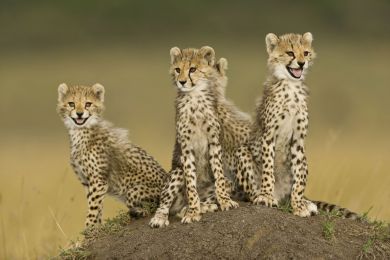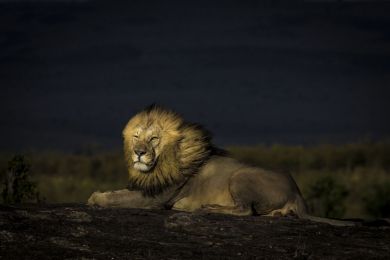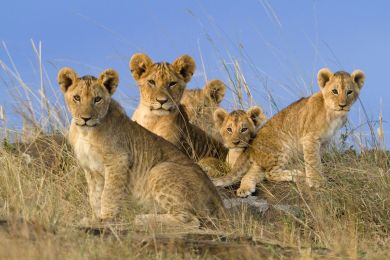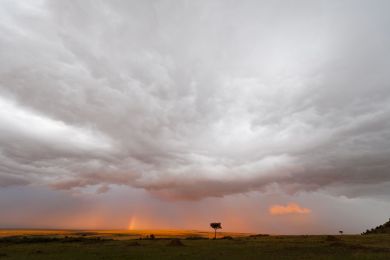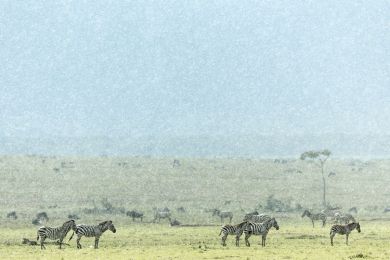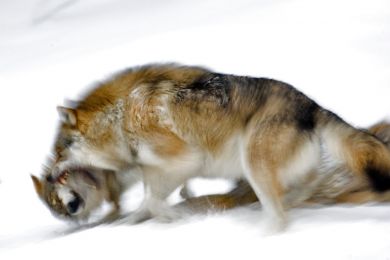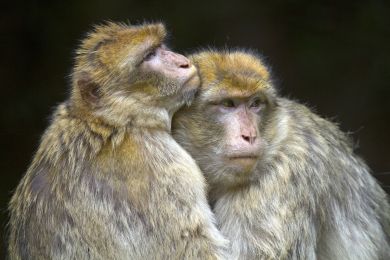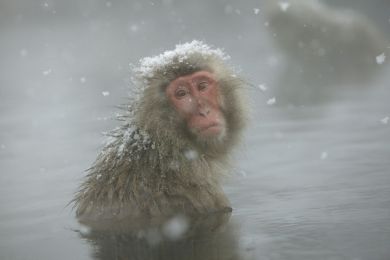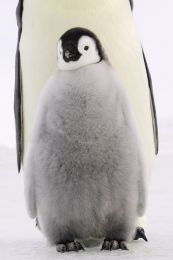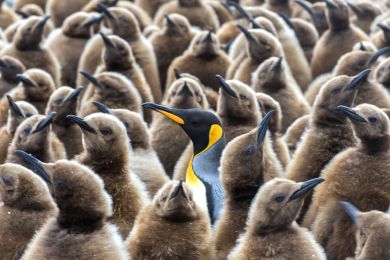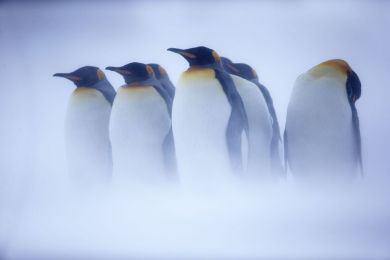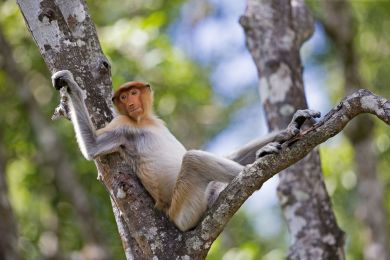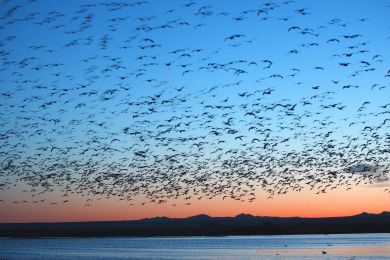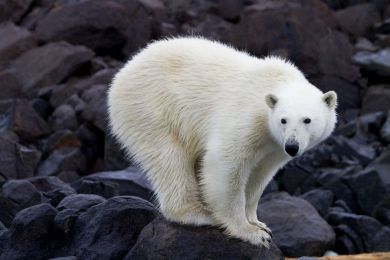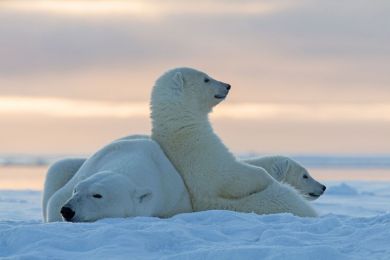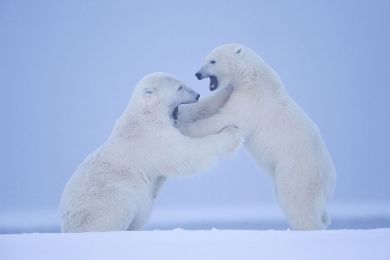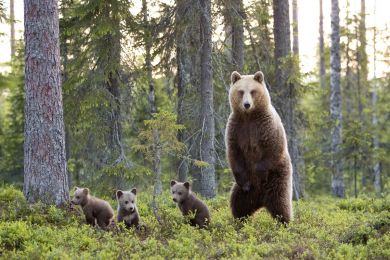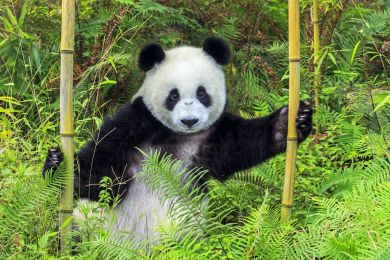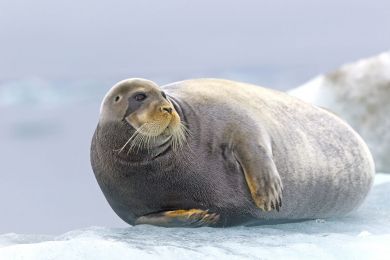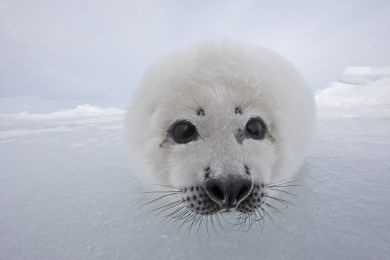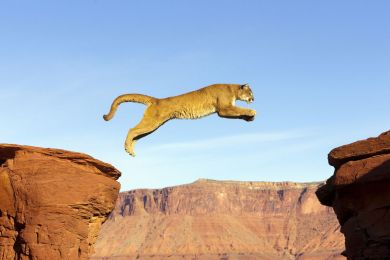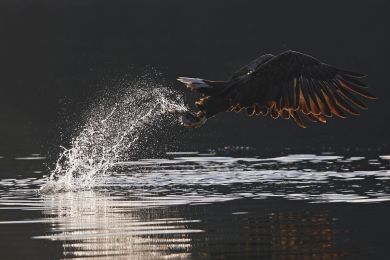By buying this product you can collect up to 178 loyalty points. Your cart will total 178 points that can be converted into a voucher of 35,60 €.
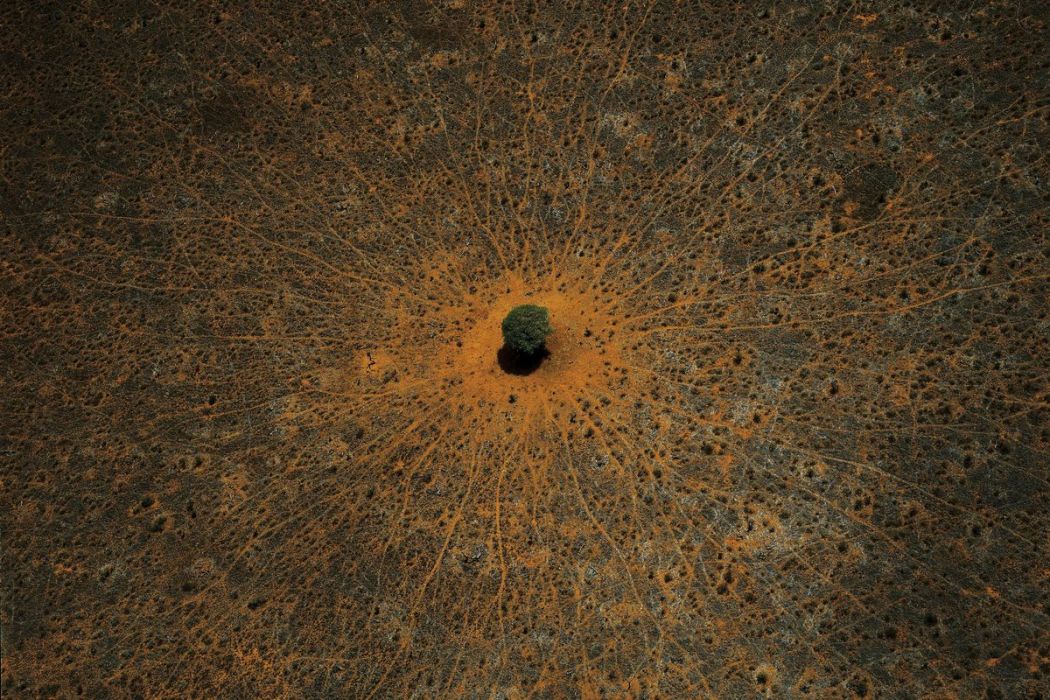 View larger
View larger
Picture information
The tree of life in Kenya
Yann ARTHUS-BERTRAND
Art photography by Yann ARTHUS-BERTRAND of « The tree of life » in Tsavo East National Park in Kenya. This Tsavo-East acacia tree is a symbol of life in this huge stretch of prickly savannah. It is the focal point for wild animals that come to take advantage of its leaves or its shade.
Data sheet
| Orientation | Landscape |
| Color | Brown |
The tree of life in Kenya
Yann ARTHUS-BERTRAND
Art photography by Yann ARTHUS-BERTRAND of « The tree of life » in Tsavo East National Park in Kenya. This Tsavo-East acacia tree is a symbol of life in this huge stretch of prickly savannah. It is the focal point for wild animals that come to take advantage of its leaves or its shade.
Fine Art Photography
Print by Experts
100 % Made In France
A recognized expertise, a search of permanent quality.
Printed by a professional photographic laboratory.
All prints are made to order, controlled by the Technical Director.
A certificate of authenticity is provided with each photograph.
Framework made by selected materials to give you the best results. every step of the processing is monitoring by experts.
Loyalty points
Gift Card
Don't miss the opportunity to do the best present...
The whole Yann Arthus-Bertrand photos available with Hemisgalerie gift card.
Lets your guest choose the best image.
Amount from 50 €, create and download directly on our website, valid for one year including promotions.
The original gift for all events
More info
Listed in 1948, the Tsavo national park in the southeast of Kenya is the largest protected area in the country (8.108 square miles or 21.000 square kilometers). The Nairobi-Mombassa road and railway run through it. This Tsavo-East acacia tree is a symbol of life in this huge stretch of prickly savannah. It is the focal point for wild animals that come to take advantage of its leaves or its shade. Tsavo is already known for its many elephants and saw a huge influx of pachyderms fleeing the drought in the 1970s. They consumed individually 200 kilograms of vegetation per day and seriously damaged the environment. This caused controversy over whether or not they should be selectively slaughtered. Poachers settled the matter by exterminating almost 80 percent of the park’s 36.000 elephants! The same thing happened to its rhinoceroses, coveted for their horns which are considered aphrodisiac in Asia. If the international trade bans on ivory and rhinoceros horns allowed certain populations of wild animals to increase their numbers again, trafficking and the disappearance of habitats in which they live are still a threat. The illegal trading of wild plants and animals represents between 8 and 10 billion Dollars a year to which are added 7 billion in illegal timber and 10 to 23 billion products from illegal fishing, while biodiversity is disappearing at a rate that is 100 to 1.000 times higher than the natural extinction rate.
















































